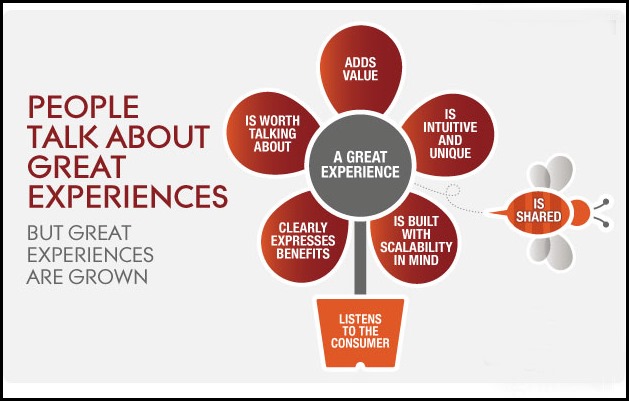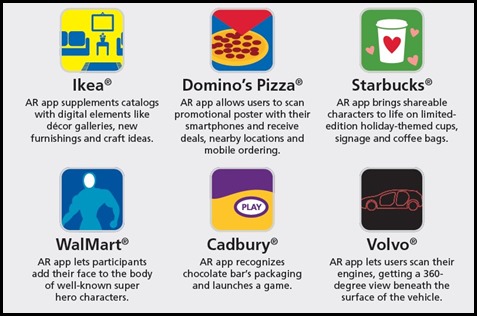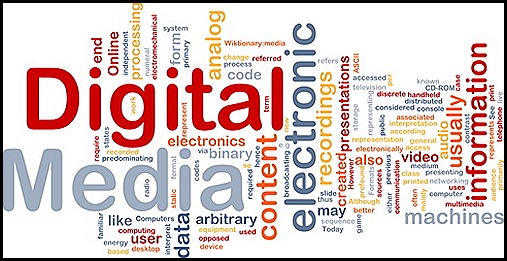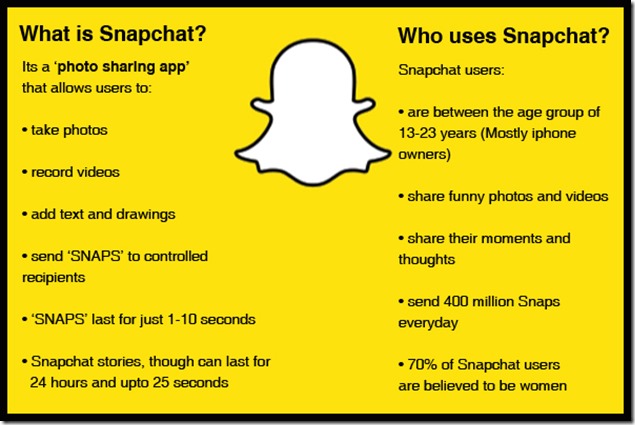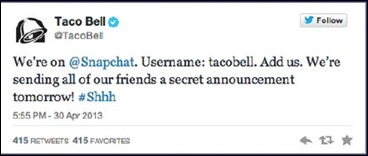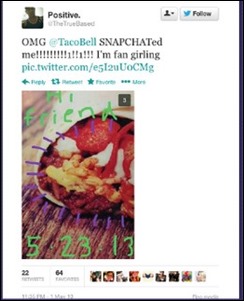 In this constantly changing world of marketing, advertising and branding, a very simple Google search has the potential to reveal all trends that the industry can experience in times ahead. Few trends are already in the process of shaping up the route of marketing & branding and few are emerging gradually. The first quarter of this year has already witnessed few of the major developments in the social and digital landscape; one of these innovations being; the fusion of online and offline techniques. The time is here when businesses are striving to create an integrated marketing strategy because of the rising association between the corporeal and virtual worlds.
In this constantly changing world of marketing, advertising and branding, a very simple Google search has the potential to reveal all trends that the industry can experience in times ahead. Few trends are already in the process of shaping up the route of marketing & branding and few are emerging gradually. The first quarter of this year has already witnessed few of the major developments in the social and digital landscape; one of these innovations being; the fusion of online and offline techniques. The time is here when businesses are striving to create an integrated marketing strategy because of the rising association between the corporeal and virtual worlds.
Digital Marketing is the leading edge, and everybody knows that. Therefore, with digital marketing or simply calling online marketing, it has become very easy for brands, brand managers and marketers to connect with their target audiences.
Now the question is, do you think this is just enough? The answer is, ‘No’!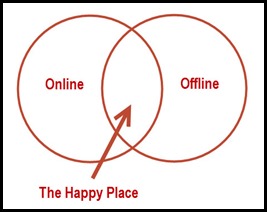
Simply because, by just having an online marketing campaign does not mean one can leave offline marketing aside. What one should not do is, having two stand-alone marketing strategies and actually work towards having both the offline and online strategies work in synchronization.
Moving on, this type of marketing blend requires more than just integrating the marketing techniques. It requires integrating the mindsets of the marketers as this online and offline fusion is just like the two sides of the same coin. Consumers and audiences today are already living in this reality.
just think about it, how we print our movie tickets after booking it online, we research things online and pick it up from the related store, we buy something in the store and get information about it online. Still, marketers are not able to make out much on how and when to integrate both the channels.
If you are still wondering on how to begin with bringing your online and offline strategies together, below are a few things you can start with:
– Using Social Media platforms to spread the word about some brand event offline
– Adding a QR Code to a direct mail will lead to users visiting your website, subscribe to your other channels and interact with your brand on social media channels
– Encouraging offline decisions with SEO can provide valuable information about the target audience. Once the keywords that customers are using are understood, what inspires them to buy the product or brand can be defined and further, offline & online strategies can be planned around that
Integrating Offline and Online Marketing into your branding strategies can very much empower your Business. Let us see how:
 Having a great user base on social media channels and a considerable amount of traffic is not enough nowadays. As it has now become important to personalize the social media output unique to the brand. This not only helps in distinguishing the brand in the industry but in also evolving as a thought leader. Therefore, it becomes essential to select social media mediums that offer the best access to the target market, while also inculcating the character emotion into the content as a way of engaging an audience in conversation.
Having a great user base on social media channels and a considerable amount of traffic is not enough nowadays. As it has now become important to personalize the social media output unique to the brand. This not only helps in distinguishing the brand in the industry but in also evolving as a thought leader. Therefore, it becomes essential to select social media mediums that offer the best access to the target market, while also inculcating the character emotion into the content as a way of engaging an audience in conversation.
Keeping the brand’s identity alive across all channels is very important. The brand thought needs to be carried across business. So, while integrating the online and offline, one must ensure spreading the brand awareness. One must ensure that a fluid and cohesive brand is established across all outbound materials and publications. A cohesive approach needs to be adopted while marketing any venture.
Marketers and brand managers this year have seen, implemented and come to a conclusion that one of the best ways to market a brand is through an interactive campaign; a campaign that engages consumers through both corporeal and virtual marketing. While technology, social media platforms and mobile media might be used for organizing and facilitating an innovative idea or event, it will also need people to interact with it physically.
Online strategies like: Search Engine Marketing (SEM), Mobile Advertising and Social Media Marketing and Offline strategies like: Corporate Gifts and Promotional Products, Mainstream Media, Business Cards followed by Networking with members of the community are few such techniques to start with and help your brand excel with this fusion!
As they say, with great popularity come great challenges, how do you plan to fuse your next marketing strategies between the offline and online so that the consumer experience is not only good, but an extremely relevant one? How do you think one can leverage their knowledge about each prospect on one channel to turn them into a better customer on the other? Finally, how do you think it can be measured, analyzed and improved? Do share your thoughts with us!



